Juno Rothaug
Kannst du mich abholen
-

Juno Rothaug, Du kannst mich abholen, installation view, Kuckei + Kuckei, Berlin, 2023
-
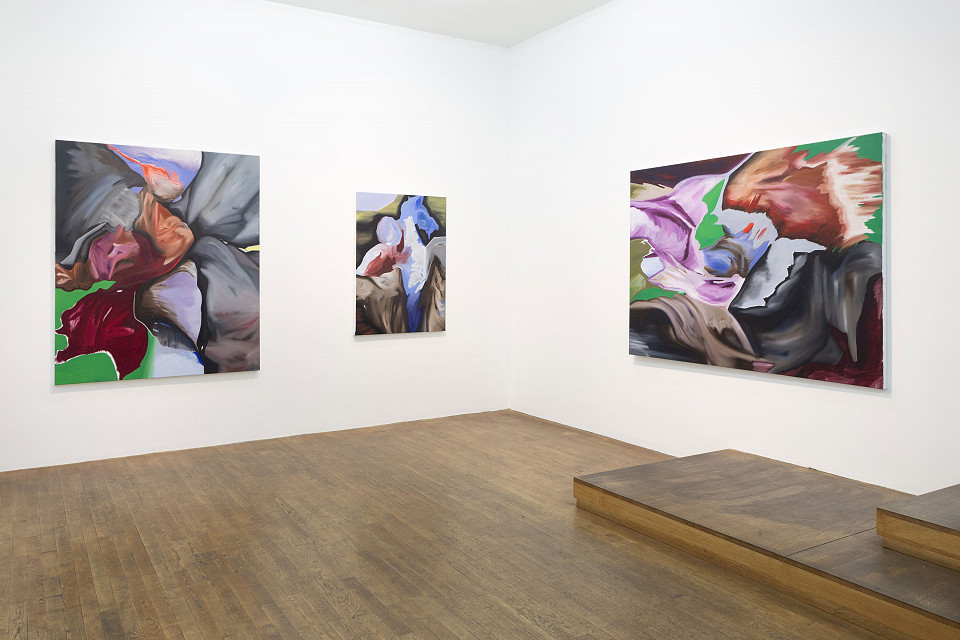
Juno Rothaug, Kannst Du mich abholen, installation view, Kuckei + Kuckei, Berlin, 2023
-
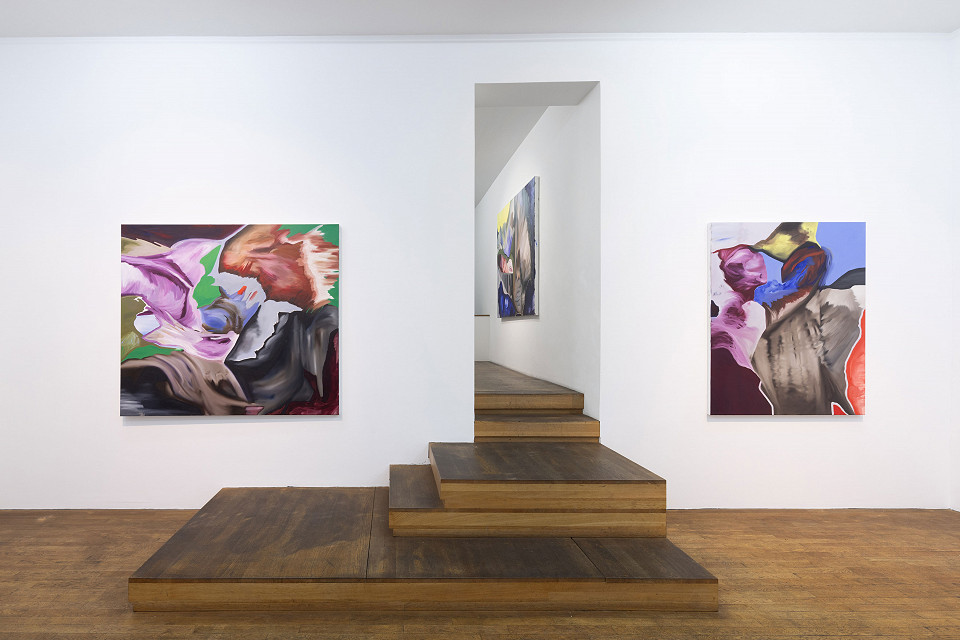
Juno Rothaug, Kannst Du mich abholen, installation view, Kuckei + Kuckei, Berlin, 2023
-
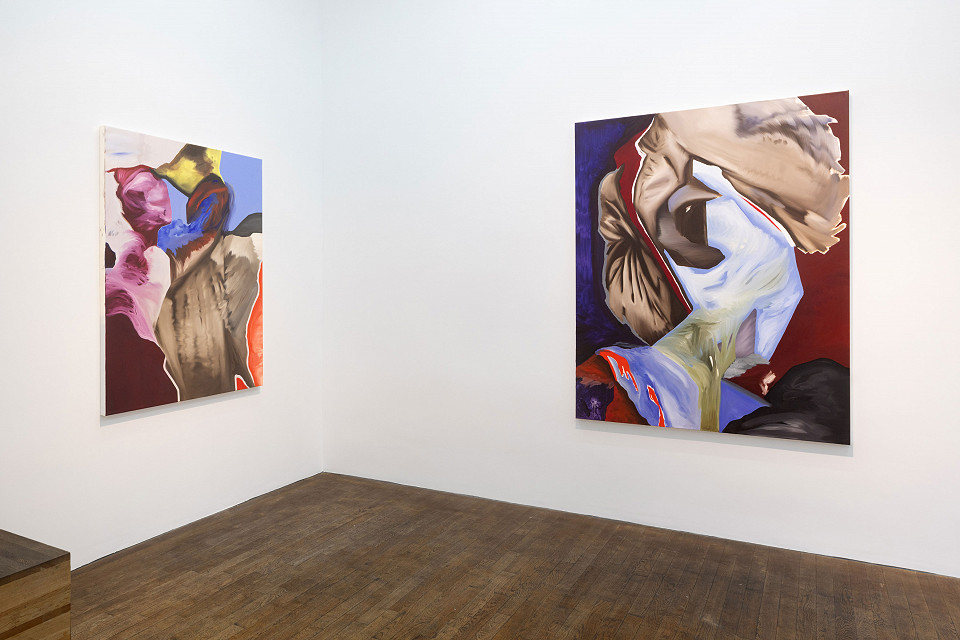
Juno Rothaug, Kannst Du mich abholen, installation view, Kuckei + Kuckei, Berlin, 2023
-
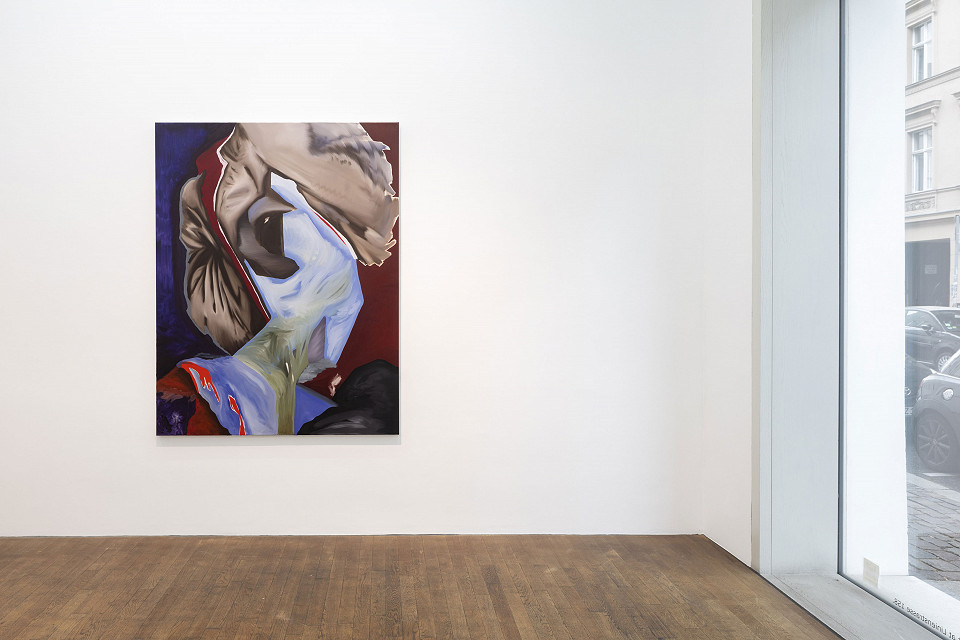
Juno Rothaug, Kannst Du mich abholen, installation view, Kuckei + Kuckei, Berlin, 2023
-
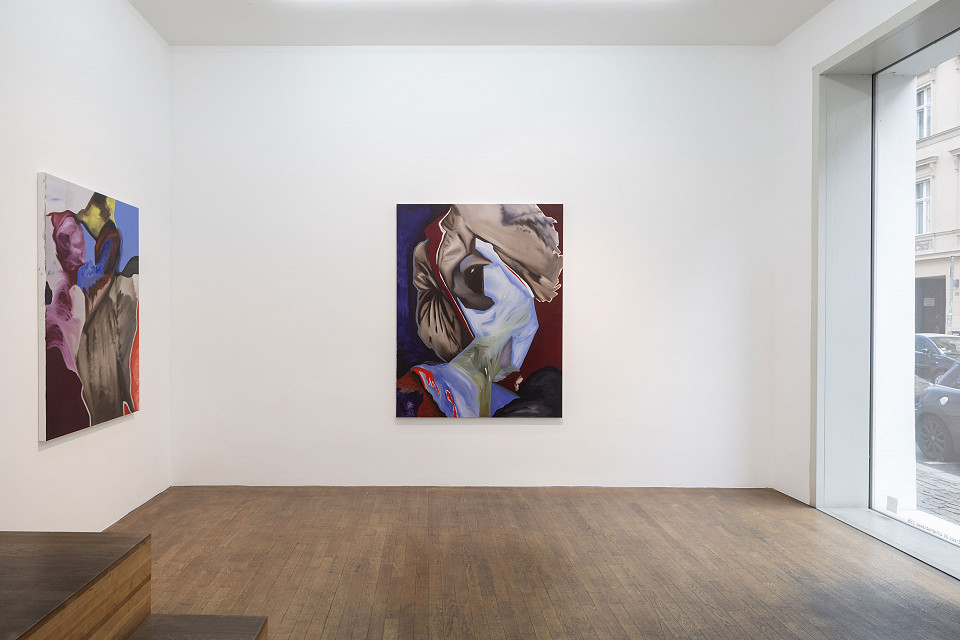
Juno Rothaug, Kannst Du mich abholen, installation view, Kuckei + Kuckei, Berlin, 2023
-
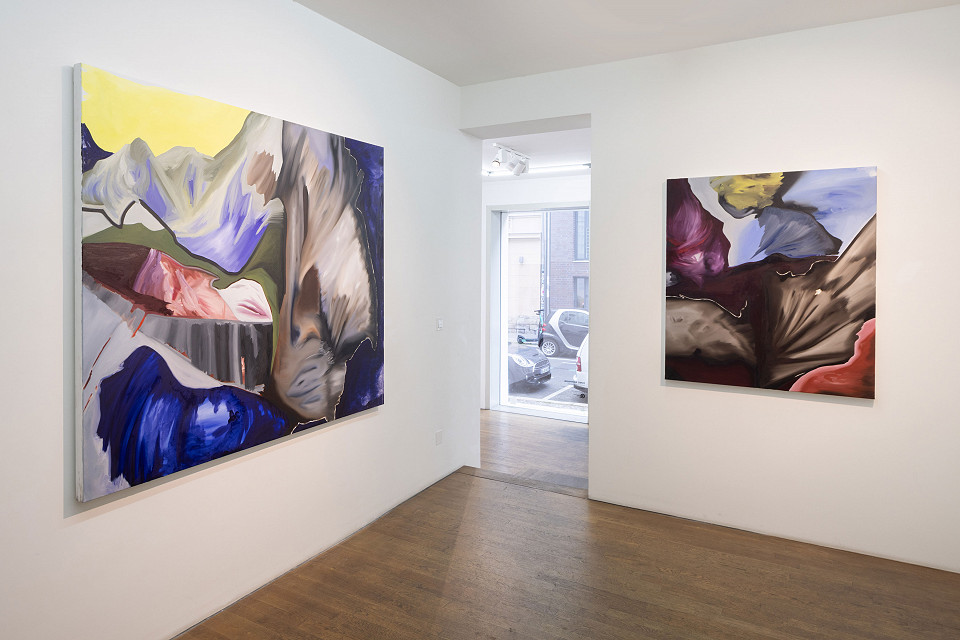
Juno Rothaug, Kannst Du mich abholen, installation view, Kuckei + Kuckei, Berlin, 2023
-
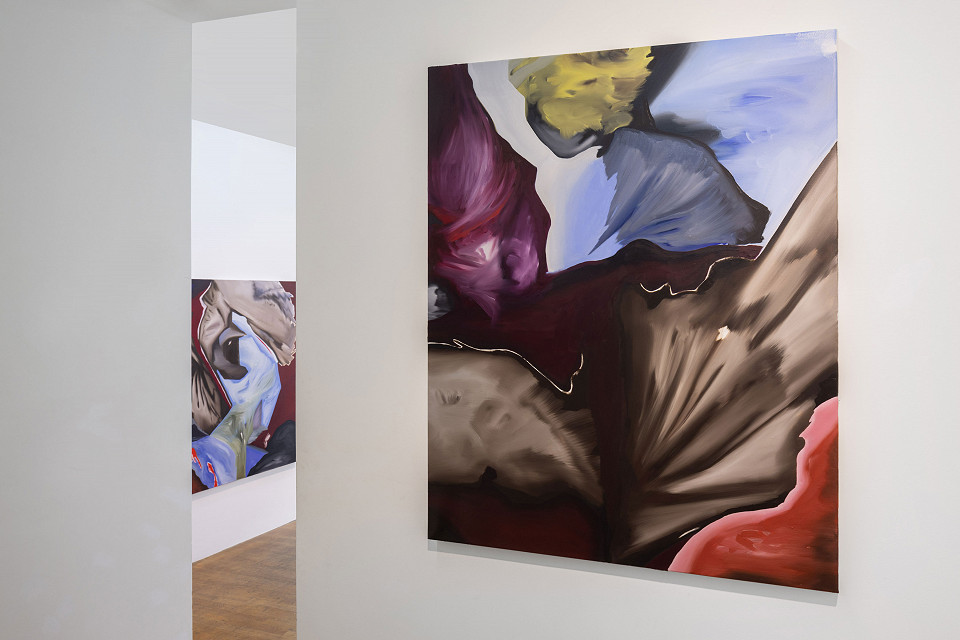
Juno Rothaug, Kannst Du mich abholen, installation view, Kuckei + Kuckei, Berlin, 2023
-
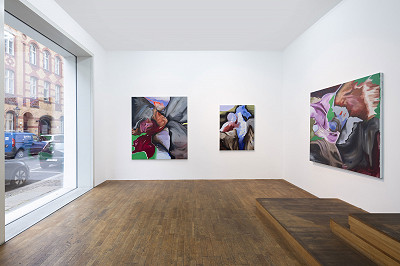
Juno Rothaug, Du kannst mich abholen, installation view, Kuckei + Kuckei, Berlin, 2023
-
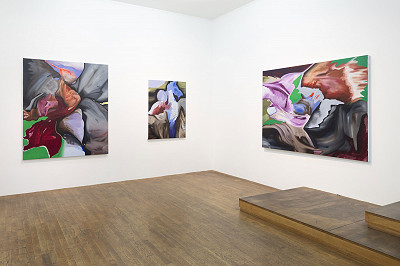
Juno Rothaug, Kannst Du mich abholen, installation view, Kuckei + Kuckei, Berlin, 2023
-
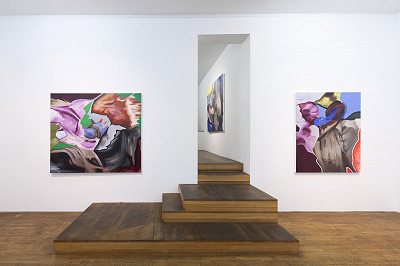
Juno Rothaug, Kannst Du mich abholen, installation view, Kuckei + Kuckei, Berlin, 2023
-
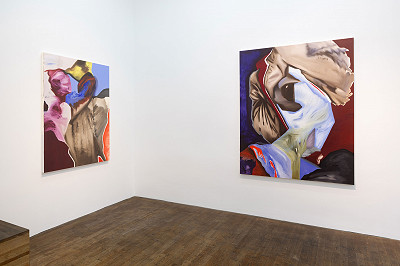
Juno Rothaug, Kannst Du mich abholen, installation view, Kuckei + Kuckei, Berlin, 2023
-
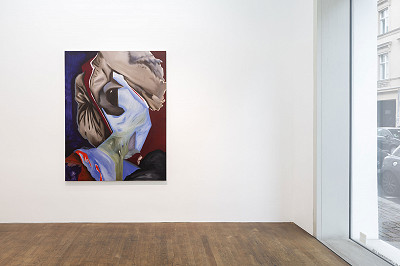
Juno Rothaug, Kannst Du mich abholen, installation view, Kuckei + Kuckei, Berlin, 2023
-
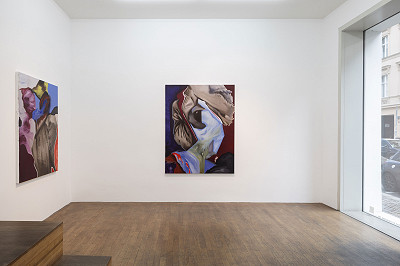
Juno Rothaug, Kannst Du mich abholen, installation view, Kuckei + Kuckei, Berlin, 2023
-
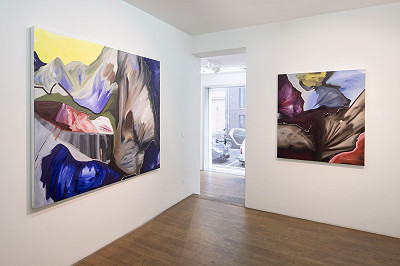
Juno Rothaug, Kannst Du mich abholen, installation view, Kuckei + Kuckei, Berlin, 2023
-
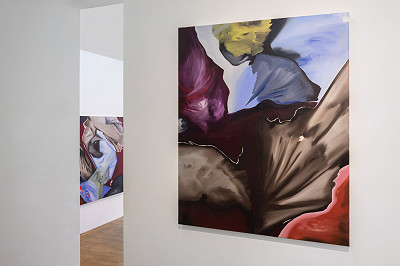
Juno Rothaug, Kannst Du mich abholen, installation view, Kuckei + Kuckei, Berlin, 2023
Can you pick me up?
Juno Rothaug’s works entice viewers into an expansive and enigmatic space permeated by a densely packed web of art historical and literary references, which the artist wittily merges together with a consummate degree of painterly skill, enigmatically imbuing them with new meanings. Rothaug mixes themes and topoi from various eras of art and literary history with her own subjective experiences in an engaging and strongly conceptual painting process that reflects her ideas on the relationship between artwork and tradition, as well as between artist, work, and recipient.
Sketches of historical works Rothaug creates from both originals and reproductions serve as her starting point. These sketches then function as templates for new sketches, which in turn become templates for others, until she brings this process to a conclusion and transfers a final sketch onto canvas. Taking place already at this stage is a productive adaptation of the original image, which is simultaneously also a transformation: by repeatedly overwriting the original with her subjectivity, so to speak, she dislodges it from its established position in tradition and situates it in a new context of meaning that opens up a wide range of possible interpretations. In the actual painting process, Rothaug pushes this productive destruction further and further beyond itself: just like a trace in the sand is washed over by the tide, constantly taking on new forms and meanings for the viewer, the original sketch vanishes under abstract areas of applied and smudged paint.
Rothaug combines in her paintings spontaneous associations and sensations with concrete design ideas, generating in a complexity of movement a tension between oppositional poles – conscious and unconscious, chaos and balance, tension and relaxation, distance and proximity. This dialectic is expressed, among other things, in strong contrasts, the use of complementary colors, and occasional abrupt changes in brushwork, imbuing Rothaug’s works with an almost magical appeal and repeatedly inspiring the viewer to resolve the manifold perplexities and enigmas but without reaching a definitive conclusion. Rothaug is adept at drawing viewers into her chaos and thus creating a never-ending conversation between them, the referenced works and her own works, which invite new and, in the best sense, improbable questions to be asked of art. The titles of the paintings, such as Fallen am Strand or My Husband is a Weightlifter, also play a role in this, since they are deliberately misleading and obfuscate things, creating additional need for discussion. Juno Rothaug’s works are, so to speak, palimpsests that must be held up to the light and repeatedly contemplated from all angles in order to decipher their original script—that this will also then be legible remains an open-ended question.